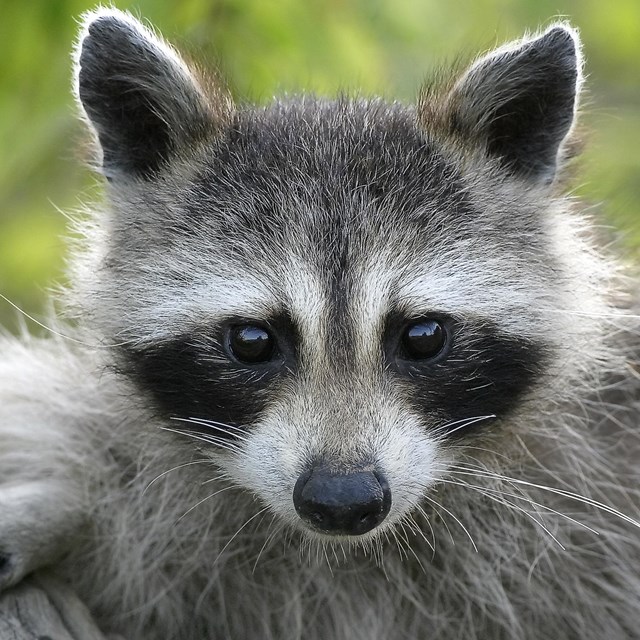Natural Plant CommunitiesBasic mesic hardwood forestFound in low-lying areas with moist, fertile soils, this type of forest is the most diverse in the park. Look for large-diameter tulip trees, sugar maples, mayapples, and paw paws. Chestnut oak / mountain laurel forestFound on hilltops with poorer soil, this type of forest has abundant chestnut oak trees and a blanket of mountain laurel on the forest floor. Coastal plain oak forestGenerally found on flat or rolling areas on the east side of the park, this type of forest is a mixture of oak trees. These areas were largely cleared during the Civil War era. Mesic mixed hardwood forestThe most common type of plant community in the park, sandwiched between the most- and least-fertile soils in the park on moderate slopes, this forest is made of American beech, oak, and tulip trees. Mixed oak / heath forestWhite, black, scarlet, and chestnut oak dominate the canopy while a sparse understory of low-growing hillside blueberry and black huckleberry bushes may be found on the forest floor. Oak - beech / heath forestFound on rocky hilltops with poor, acidic soil, this plant community has a distinctive look of evergreen mountain laurel shrubs under a canopy of oak and American beech. Red maple seepage swampFed by groundwater at the base of slopes, this wet and muddy environment is where you can find the distinctive skunk cabbage. Tulip tree small-stream floodplain forestOn floodplains adjacent to the creek, it takes trees and plants tolerant to occasional flooding to survive here. Tulip trees, sycamore, box-elder, river birch, green ash, and American elm thrive in these areas. Other Plant CommunitiesSuccessional forestsAlthough they come in several varieties, these plant communities grow where the forest has been disturbed by human or natural processes.Mowed areasThe park's maintained landscapes in picnic areas and on the golf course are areas of low plant and animal diversity.Maintained meadowsThe park manages some areas to create meadows to increase habitat diversity and food sources for animals.Non-native plantsA wide variety of plants introduced by humans to the North American landscape can create problems in the park as these non-native species crowd out native plants and threaten the ecosystem. |
Last updated: September 9, 2024


